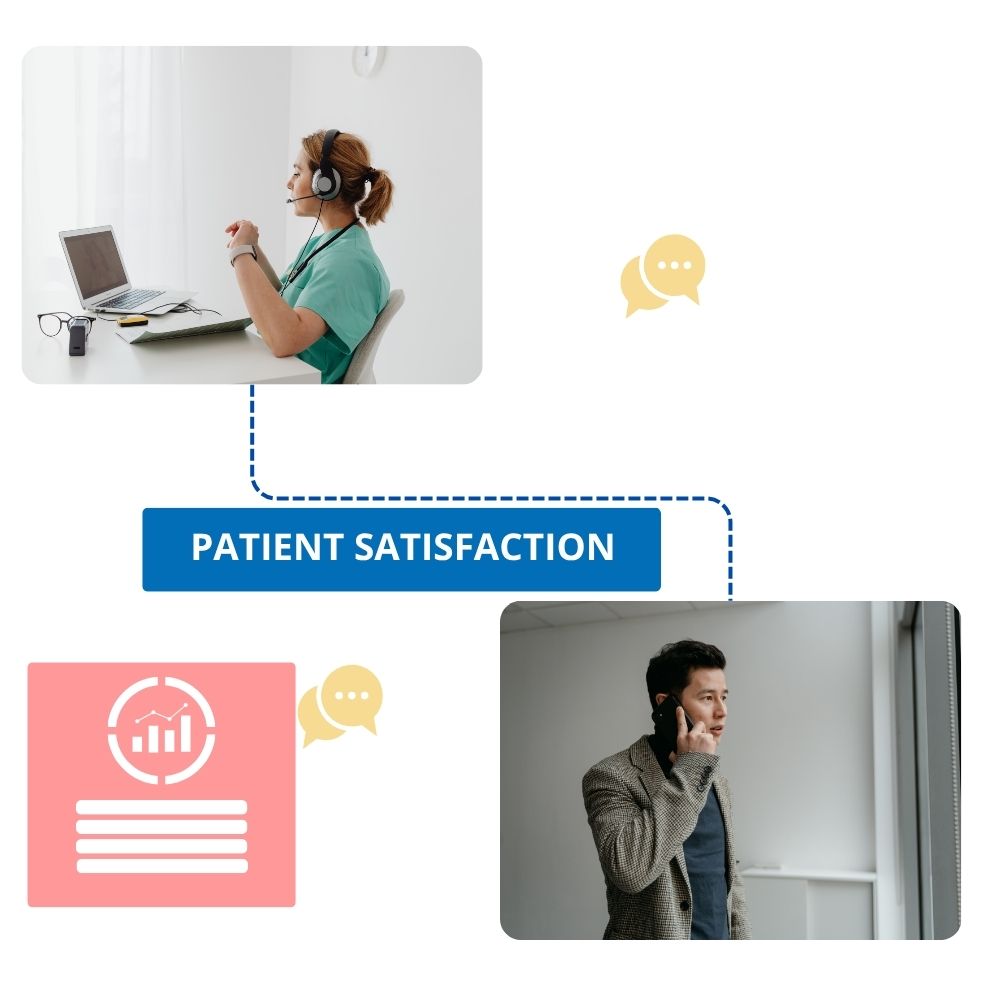Efficient Virtual Telehealth Billing for Growing Practices and Expanding Clinics
Expert Telehealth Billing for Smooth and Efficient Operations
Telehealth enables healthcare providers to deliver care remotely, offering patients flexibility and access from any location. At WellClaim, we support your telehealth practice with expert billing services designed to navigate evolving regulations and ensure full compliance.
Our customized solutions streamline your telehealth revenue cycle, minimize claim denials, and maximize reimbursements so you can focus on delivering care without billing complications.

Advantages of Telehealth for Patients and Providers
Increased Access to Care
Telehealth makes it easier for patients in remote or underserved areas to connect with qualified healthcare professionals without needing to travel.
Convenience
Patients can receive consultations from the comfort of their homes, reducing travel time and avoiding long waits in clinics.
Cost Savings
By minimizing the need for physical space and patient travel, telehealth helps lower overhead and transportation-related healthcare expenses.
Flexibility for Healthcare Providers
Telehealth allows providers to offer flexible scheduling and deliver care remotely, improving work-life balance and operational efficiency.
Timely Interventions
Faster access to care means quicker diagnoses and treatment plans, which can lead to better health outcomes.
Improved Continuity of Care
Telehealth supports ongoing monitoring and regular check-ins, ensuring consistent care for patients with chronic or long-term conditions.
Telehealth Billing & Coding

Specific CPT & HCPCS Codes
Telehealth services require the use of distinct CPT and HCPCS codes that indicate the nature of the remote service provided. These codes ensure proper identification and billing

Place of Service (POS) Codes
POS codes, such as “02” for telehealth, specify where the service was delivered. They help distinguish between in-person and virtual visits, ensuring accurate claims processing.
Medicare Telehealth Codes
Medicare reimbursement now requires using only approved telehealth codes, accurate documentation, and strict compliance for eligible services.

Commercial Payer Guidelines
Each commercial payer may have its own telehealth coding requirements. Staying up to date with individual payer guidelines is essential for maintaining compliance and avoiding claim denials.

Behavioral Health Telehealth Coding
Telehealth services for behavioral health, such as therapy or counseling, involve specific codes. Proper coding ensures adherence to both state and payer regulations.

Remote Patient Monitoring (RPM)
RPM collects and transmits patient data using digital tools. Accurate coding for vitals tracking, chronic condition monitoring, and ongoing care is essential for proper billing and reimbursemen
HIPPA Compliance in Telehealth Billing
Encryption of Data
All patient health information (PHI) must be encrypted during both transmission and storage. This protects sensitive data from unauthorized access and ensures confidentiality.
Business Associate Agreements (BAAs)
Ensure that any third-party service providers such as telehealth platforms, billing companies, or cloud services sign Business Associate Agreements to maintain HIPAA compliance and accountability.
Access Control
Implement strict access control policies to limit who can view or handle patient information. Only authorized personnel should have access to PHI, ensuring privacy and regulatory compliance.
Regular Risk Assessments
Conduct routine risk assessments to detect potential vulnerabilities in telehealth systems. Use the findings to apply corrective actions and strengthen overall data security.
The Importance and Benefits of Telehealth
Telehealth has become an essential component of modern healthcare, significantly improving access to medical services especially for patients in remote or underserved communities. It enables real-time consultations, diagnoses, and follow-ups, reducing the reliance on in-person visits and offering greater convenience and flexibility.
Telehealth is especially effective for managing chronic conditions, providing mental health support, and conducting routine check-ups, ensuring consistent care even when face-to-face appointments aren’t possible.
In addition to improving access and continuity of care, telehealth offers cost-saving benefits by lowering travel requirements, reducing clinic overhead, and helping prevent unnecessary hospital readmissions.




























